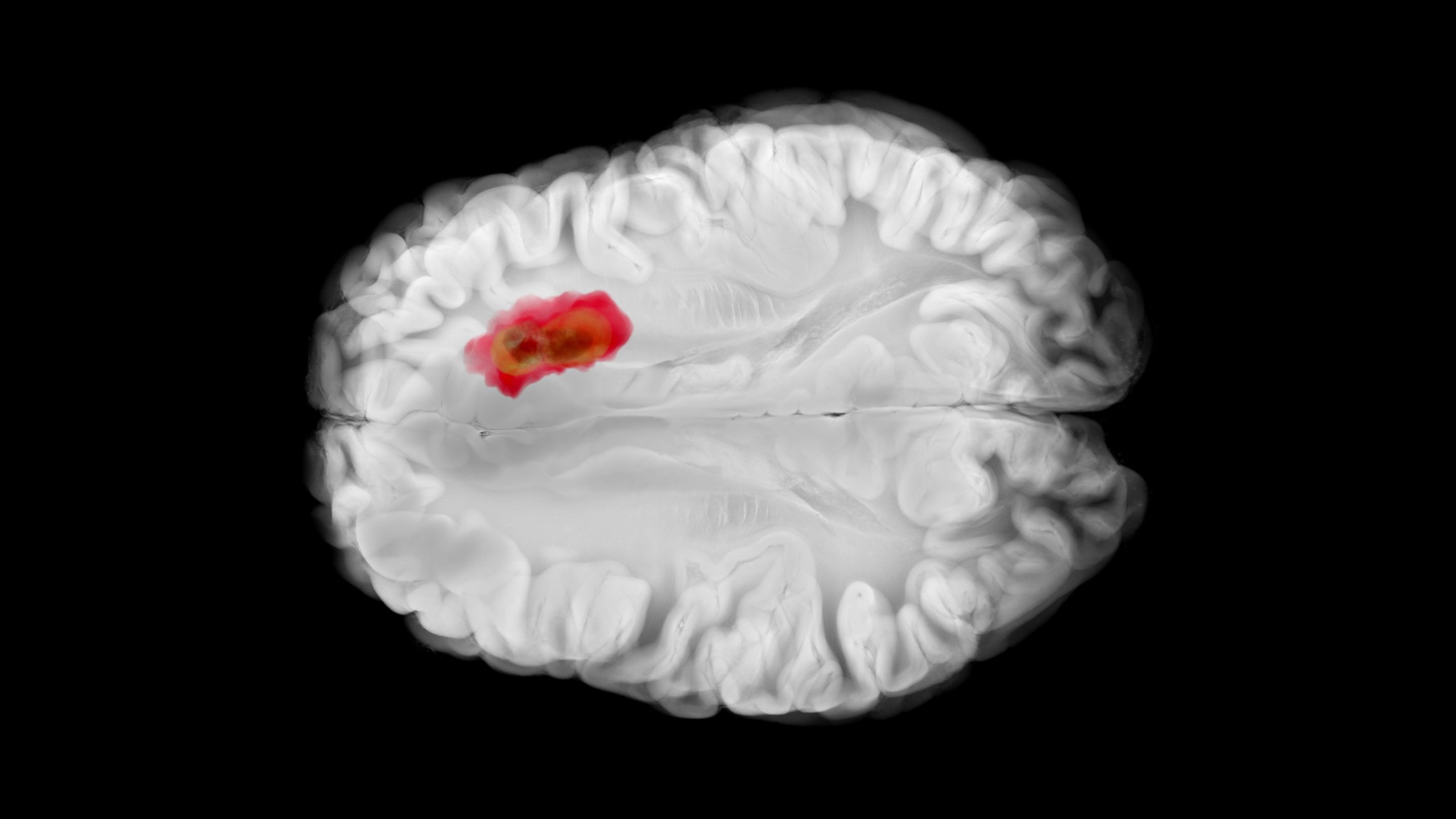Parkinson’s disease is a chronically progressive, neurodegenerative disease that, if left untreated, can quickly lead to a severely diminished quality of life due to its motor symptoms. Currently, there are only therapies to improve symptoms. Pathogenetically, alpha-synuclein deposition occurs in the brain in Parkinson’s disease. Therefore, it was hoped that by preventing such protein aggregations, disease progression could also be curbed. Two antibodies with this mode of action have now disappointed in studies. Nevertheless, research into a causal therapy must be continued at an accelerated pace, explains Prof. Lars Timmermann, deputy chairman of the board of directors. President of the DGN.
In Parkinson’s disease, nerve cells in the substantia nigra die. The result is a deficiency of the neurotransmitter dopamine in the brain, which is needed to transmit nerve impulses. In the case of a dopamine deficiency, commands from the brain to the muscles are delayed, incomplete or not received at all. This is how the motor symptoms typical of Parkinson’s, reduced mobility, stiff muscles and resting tremors develop. What exactly causes nerve cells in the substantia nigra to die has not yet been explained. Previously, it was suspected that α-synuclein deposits may cause the degenerative process because the Lewy bodies, round inclusions in the cytoplasm of neurons that are typical of the disease, are composed of α-synuclein. Therefore, hopes were high that α-synuclein-binding antibodies would provide a causal therapy against Parkinson’s disease. However, this hope was disappointed. Two randomized placebo-controlled phase 2 trials published in the middle of last week in The New England Journal of Medicine (NEJM) found that two different α-synuclein-binding antibodies, cinpanemab and prasinezumab, had no significant effects on either clinical progression or cerebral imaging changes in patients with early-stage Parkinson’s disease.
In the first study [1], cinpanemab was given in a placebo-controlled 2:1:2:2 design. The effect of the drug was compared in the four-weekly administration of 250 mg, 1,250 mg, 3,500 mg and placebo for 52 weeks. A total of 357 patients were included in the study. This should be followed by a dose-blinded extension over 112 weeks. However, after the interim analysis at week 72, the study was stopped prematurely due to lack of efficacy of the compound. The primary endpoint of the evaluation was changes at 52 and 72 weeks on the so-called Unified Parkinson’s Disease Rating Scale (MDS-UPDRS), a scale for clinical follow-up. Secondary changes were made by means of
MDS-UPDRS subscales and in functional imaging (DaT-SPECT) were investigated. Changes on the MDS-UPDRS scale (the higher the score, the worse the clinical condition) at week 53 were 10.8 in the control group, 10.5 in the 250 mg group, 11.3 in the 1,250 mg group, and 10.9 in the 3,500 mg group. Thus, the results were not significantly different. No differences were found with regard to the secondary endpoints either. Common side effects with cinpanemab were headache, nasopharyngitis, and falls.
The results of the study with prasinezumab [2], which was performed in a 1:1:1 design, were equally disappointing. 316 patients received either intravenous placebo or i.v. prasinezumab at doses of 1,500 mg or 4,500 mg. Again, changes in MDS-UPDRS were collected as the primary end point, and dopaminergic neuron loss was assessed by dopamine transporter brain scintigraphy (DaT-SPECT) in the secondary end point. The changes on the MDS-UPDRS at 52 weeks were 9.4±1.2 in the placebo group, 7.4±1.2 in the low-dose verum group (1,500 mg), and 8.8±1.2 in the high-dose verum group (4,500 mg), and thus were not significant. There were also no substantial differences in imaging. However, a small glimmer of hope emerged: the trial was divided into three phases (phase 1: weeks 0-52, phase 2: weeks 56-104, and phase 3: An ongoing 5-year continuation) and as the author of the accompanying editorial in the NEJM [3] points out, an indication was found in phase 3 that administration of low-dose prasinezumab could slow progression of the secondary endpoint-and he motivates the research community to continue trial work on this therapeutic approach with a Churchill quote: “Success is the ability to go from one failure to another without losing one’s enthusiasm.”
“However, there is also the possibility that α-synuclein is merely a biomarker of the disease, but not its pathogenetic driver – and thus targeted therapy against α-synuclein would come to nothing,” admits Prof. Lars Timmermann, M.D., Marburg, Germany, deputy chair of the department. President of the DGN, to consider. Similar findings were seen in Alzheimer’s disease, he said, when studies using an antibody that breaks down beta-amyloid in the brain, the putative disease-causing agent, failed to show an effect. Whereas there had been speculation that the substance had been used too late in the trials, in the two present studies the α-synuclein-binding antibodies were tested exclusively in patients in early stages of Parkinson’s disease. “The data now available are therefore relatively sobering: if there had been a cause-effect chain between α-synuclein and Parkinson’s progression, the results should have been positive, at least in trend,” explains the Marburg Parkinson’s expert.
Nevertheless, Timmermann is not entirely pessimistic about the situation: “Research is currently also being conducted into so-called “small molecules” and RNA-based therapeutic approaches to prevent the supposedly pathogenic protein aggregations. It remains to be seen whether these substances may be more effective.” In addition, although there is talk of “the” Parkinson’s disease, there are many different clinical pictures with different courses. One goal must therefore be to better classify the subtypes and test therapy options on the individual disease types. “A trial of an anticancer drug effective for one tumor type would probably also turn out negative if cancer patients with different tumor diseases were included. So research into a causative Parkinson’s therapy should be pursued at a forced pace.”
Literature
[1] Lang AE, Siderowf AD, Macklin EA, Poewe W, Brooks DJ, Fernandez HH, Rascol O, Giladi N, Stocchi F, Tanner CM, Postuma RB, Simon DK, Tolosa E, Mollenhauer B, Cedarbaum JM, Fraser K, Xiao J, Evans KC, Graham DL, Sapir I, Inra J, Hutchison RM, Yang M, Fox T, Budd Haeberlein S, Dam T; SPARK Investigators. Trial of Cinpanemab in Early Parkinson’s Disease. N Engl J Med. 2022 Aug 4;387(5):408-420. doi: 10.1056/NEJMoa2203395. PMID: 35921450.
[2] Pagano G, Taylor KI, Anzures-Cabrera J, Marchesi M, Simuni T, Marek K, Postuma RB, Pavese N, Stocchi F, Azulay JP, Mollenhauer B, López-Manzanares L, Russell DS, Boyd JT, Nicholas AP, Luquin MR, Hauser RA, Gasser T, Poewe W, Ricci B, Boulay A, Vogt A, Boess FG, Dukart J, D’Urso G, Finch R, Zanigni S, Monnet A, Pross N, Hahn A, Svoboda H, Britschgi M, Lipsmeier F, Volkova-Volkmar E, Lindemann M, Dziadek S, Holiga Š, Rukina D, Kustermann T, Kerchner GA, Fontoura P, Umbricht D, Doody R, Nikolcheva T, Bonni A; PASADENA Investigators and Prasinezumab Study Group. Trial of Prasinezumab in Early-Stage Parkinson’s Disease. N Engl J Med. 2022 Aug 4;387(5):421-432. doi: 10.1056/NEJMoa2202867. PMID: 35921451.
[3] Whone A. Monoclonal Antibody Therapy in Parkinson’s Disease – The End? N Engl J Med. 2022 Aug 4;387(5):466-467. doi: 10.1056/NEJMe2207681. PMID: 35921458.
Original publication:
doi: 10.1056/NEJMoa2203395
doi: 10.1056/NEJMoa2202867












